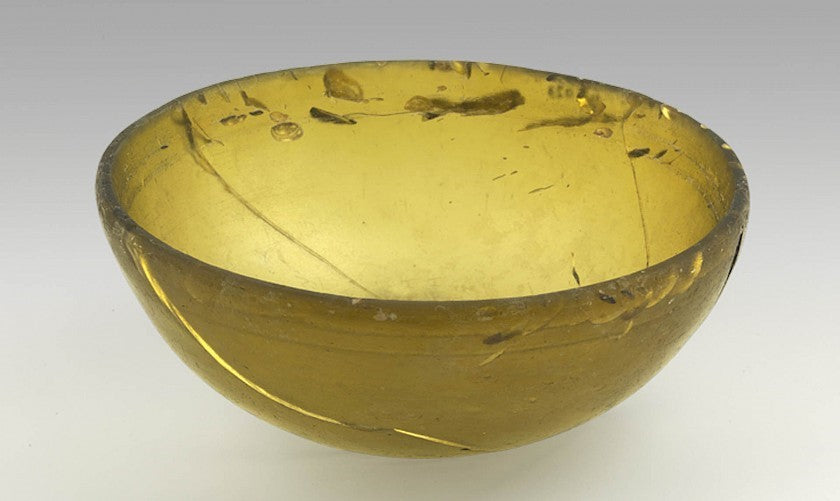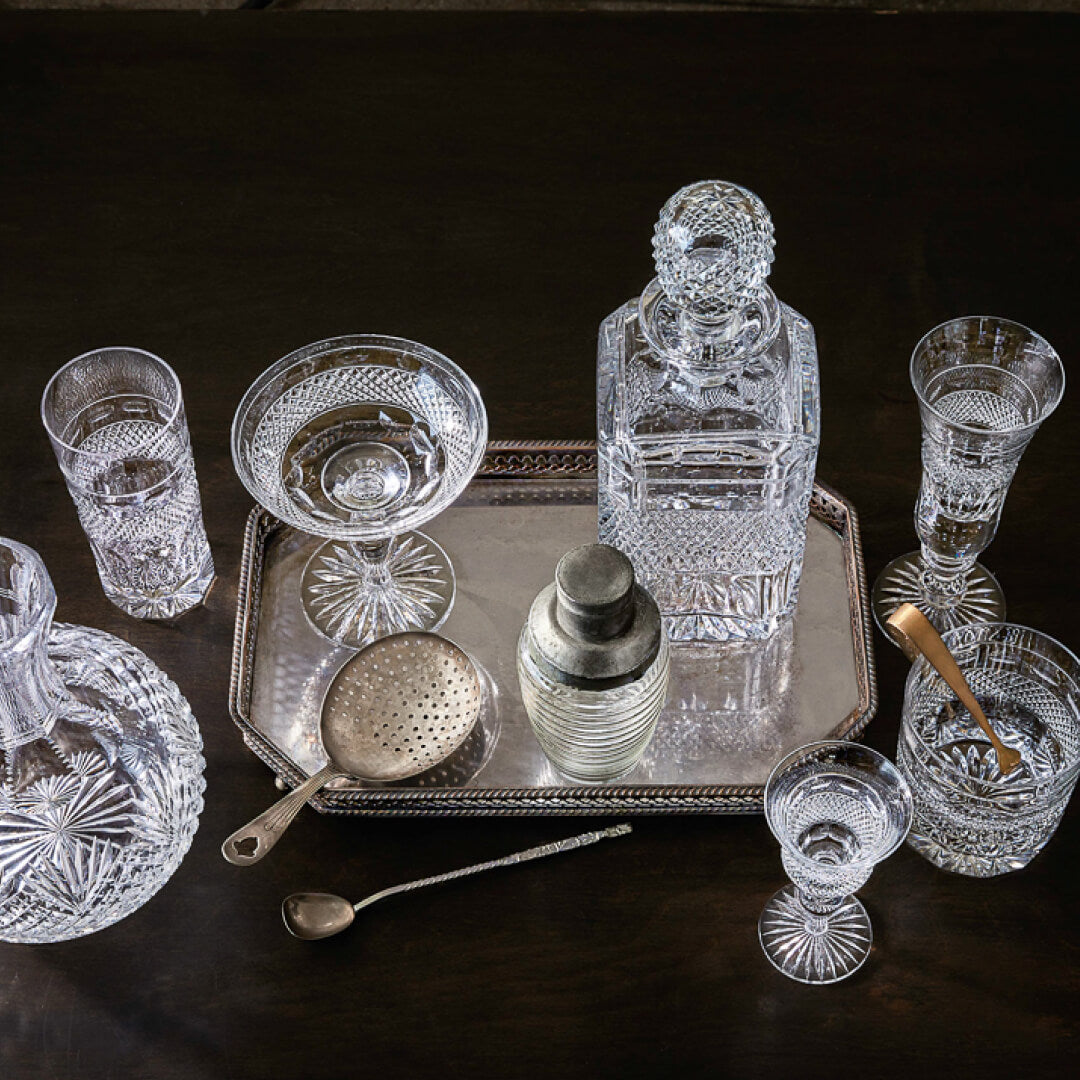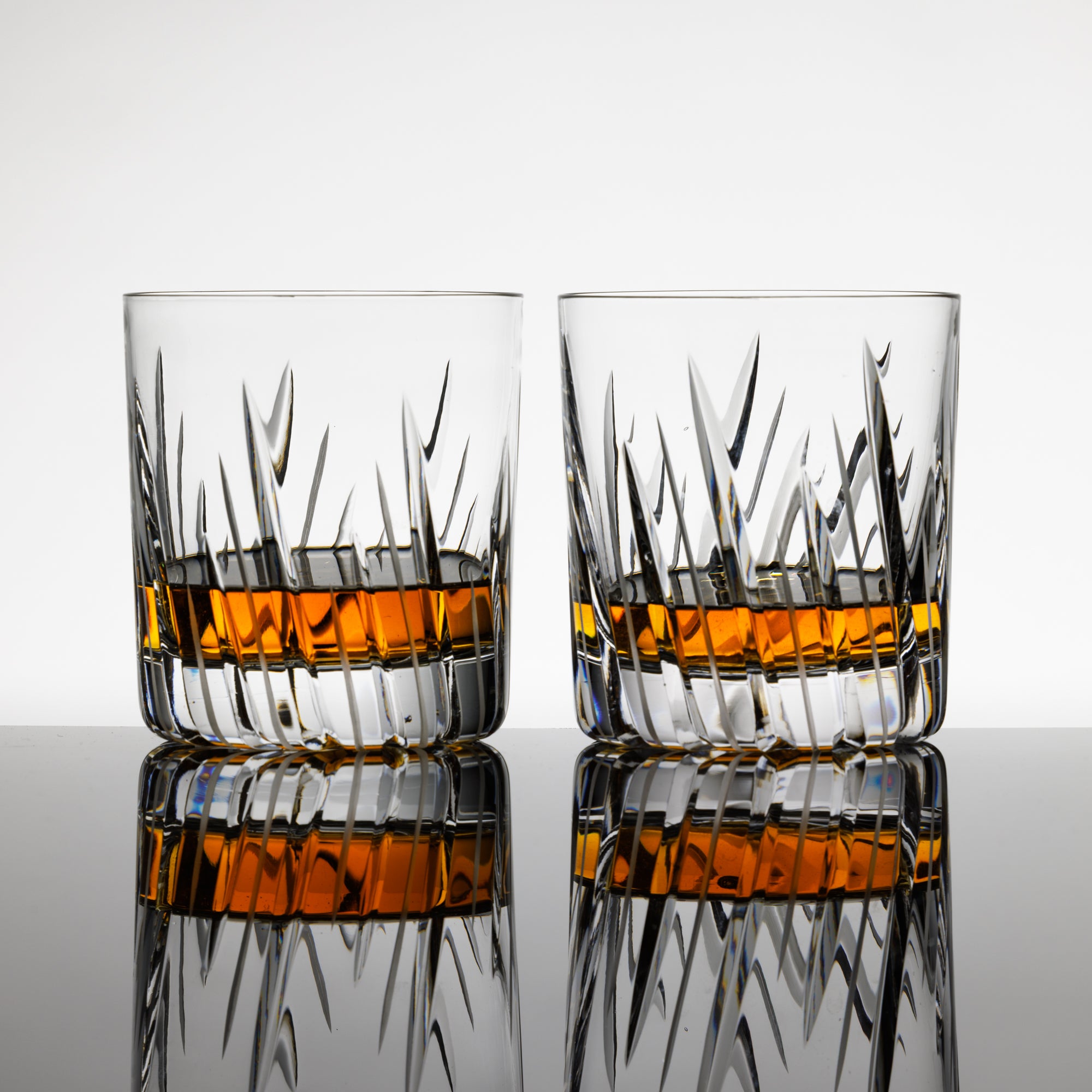
Cumbria Crystal's The History of Glass | Hellenistic Glass
Hellenistic glass 325 BC – AD 400 | Volume 2
By Dr Jessamy Kelly, glass artist and educator
Examining the many facets of a glass artefact and imagining the stories it can tell can be an inspiring and evocative experience. Ancient glass artefacts can act as bridges to the past, by understanding how they were made and used and the unique social and spiritual values they embody.

This month we are delving into the Hellenistic glass period, a rich and colourful chapter of ancient glass history, which includes the years between the reign of Alexander the Great and the early years of the Roman Empire. Glass artefacts from this period can be traced back across a wide span of regions from the Mediterranean to Europe, Western Asia and Northern Africa.
Much of the glass produced during this era predates glass blowing, the style is exemplified by the process by which glass vessels were produced using a kiln[1]. Key techniques such as mosaic glass became the hallmark of this period, fairly large bowls and platters created from colourful canes of glass. The canes were laid into a mould and then heated in a kiln so that they became fused and slumped together to form a colourful mosaic. The vessels were made up of many small spirals and stars arranged in a range of bright or mono-chromatic glass colours (see Figure 1).
A further example is lacework or reticella glass, which was created from spirals of twisted glass canes known as tesserae which were assembled next to each other to form intricate patterns (see Figure 2). Mosaic glass was a highly sophisticated technique, the main drawback was the labour, as it was extremely time consuming to form and polish the glass. Over time, it was replaced by glass blowing which was much more efficient. Today, fused glass has evolved from this origin to be a wide and highly technical subset of kiln forming.
[1] an oven or furnace used for processing glass by high firing it in a mould, kilns are also used in pottery.


HELLENISTIC GLASS
The final artefact for your consideration is a mythical story from a Persian poem about Alexander the Great, who had a diving bell made out of glass (see Figure 4).
An elaborate, rather comical story was told of how curious Alexander was of the sea and how he was lowered down in his diving bell along with a dog, a cat, and a cock to explore the ocean. He entrusted his wife with the chain that could pull the bell back up to the surface, unfortunately she eloped with her lover and threw the chain away, so he had to devise his own escape. Many stories were written about Alexander to document his daring and outlandish exploit, this story resonates for me because of the period from which it originates, in that it centres glass as an innovative material and makes the impossible seem possible, could this really have happened?

Next month’s newsletter will introduce Roman Glass, during the 1st century AD the Roman revolutionised the glass industry with the introduction of glassblowing, establishing glass as a widely available and popular material for vessels.
By Dr Jessamy Kelly
Jessamy Kelly is a glass artist and educator based in Edinburgh, she has worked as a freelance glass designer for Cumbria Crystal since 2016.
Do you have any questions or feedback? We would very much like you to share by emailing verity@cumbriacrystal.com








